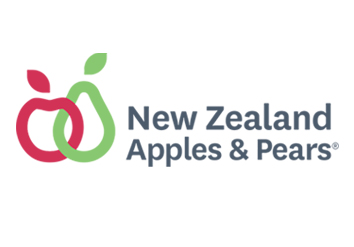
Richard Mills, Summerfruit NZ Market Support
Over the time that I have been working with Summerfruit NZ there has been two or three times when virus or virus-like diseases have been the point of discussion and field visits, often without a completely satisfactory conclusion. The symptoms expressed can vary, different species of stonefruit will express differently, as will different cultivars within the species.
Yet as propagators, orchardists and advisors we have a duty of care to the wider industry to have some idea of what might be going on, on orchard. As John Wilton said, the best fertiliser for the orchard is the footsteps of the Manager, or in this scenario, keeping a look out for unusual growth as we move out of winter and begin to observe spring growth.
For those looking for information, the SummerGreen manual is silent, and something we should look at over time. My most used source of information is ‘Summerfruit in New Zealand – Management of Pest and Diseases’ published in 1999 by various authors, the virus section by Gary Wood. Gary describes 15 viruses that were known at that time, their hosts, importance, symptoms, transmission and potential management. If you have this book then look after it as they are now out of print. I found a useful publication on the net at the MPI website, ‘Prunus Post-Entry Quarantine Testing Manual’. Whilst there is a lot of information there that we will not use directly, there are some very good descriptors, and descriptions of mineral deficiencies as a these can look similar to virus infections. No point spraying for mineral problems if it is really a virus expressing.
The part that has interested me is the transmission methods. As can be seen in the summary table below we seem to be the main vector for spreading viruses. Budding and grafting and possibly root grafting in mature orchards would seem to be the major transmission method.
Pr= propagation, S=seed, Po=pollen (bees etc), N=nematodes, I=other insects
| Virus | Transmission |
| Prunus necrotic ring spot | Pr, S, Po |
| Prune dwarf virus & peach rosette disease | Pr, Po |
| Plum line pattern virus | Pr |
| Plum mottle leaf | Pr |
| Apricot chlorotic leaf mottle | Pr |
| Peach dark green sunken mottle | Pr |
| Peach calico | Pr |
| Peach yellow mottle | Pr |
| Peach chlorotic spot | Pr |
| Cherry rasp leaf virus | Pr, N? |
| Cherry necrotic rusty mottle | Pr |
| Strawberry necrotic ringspot on cherry | Pr |
| Cherry rusty spot | Pr |
| Cherry green ring mottle virus | Pr |
| Little cherry virus | Pr, I? |
Fortunately, we do not have Plum Pox, aka Sharka Disease here but it is one that we should be aware of and know the symptoms. There was a potential incursion in 2003 that caused a bit of a stir, that thankfully was not confirmed.
A couple of years ago Summerfruit NZ sent out a bio-security poster with NZ’s most unwanted, this would be a good time to find it and have a look at the plum pox symptoms as well as the other 12 nasties on it.
Gary Wood comments that viruses are difficult to identify from visual symptoms and that experts are usually required and then samples will need to be sent for testing. My understanding is that fruit trees will be ok while carrying a virus, but when there are two or more, this is when the problems are seen. Up to six different viruses have been found during lab testing in one sample.
Elimination is not possible once a virus is in the tree, we cannot spray for protection as we would for a fungal infection. The best we can do is not propagate infected material and if you do suspect something get it tested and let the nursery know if its seen on young trees. One study I read on Golden Queens showed an 18-32% decrease in yields compared to uninfected trees. That sort of decrease is something we can do without.






